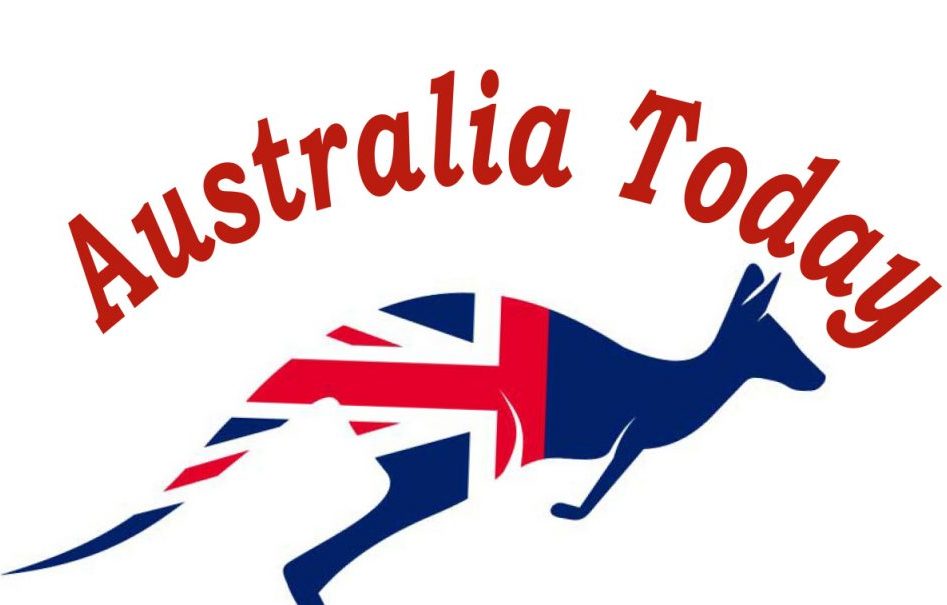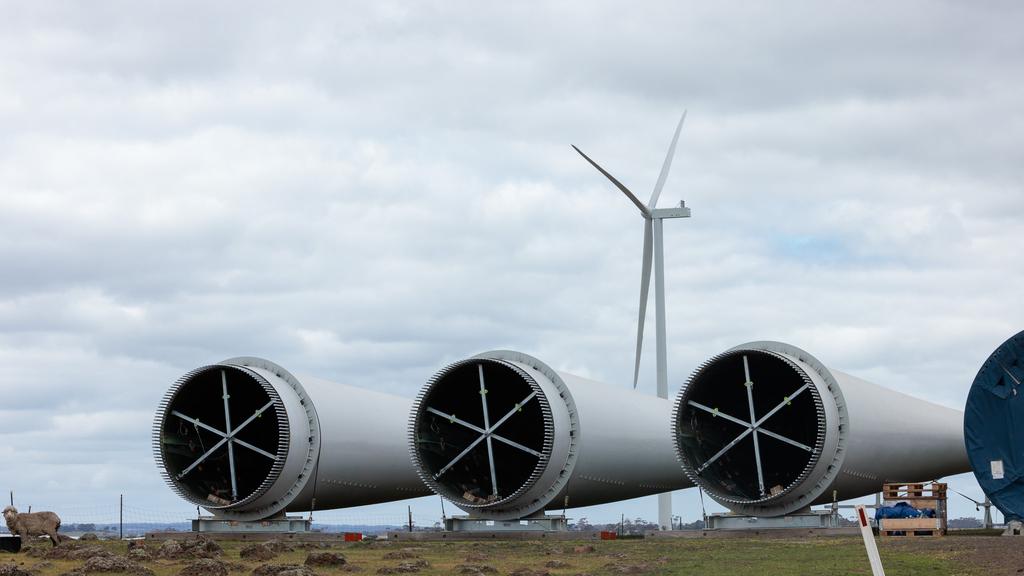
Woes in Australia – Economy
Australia’s inflation situation remains troubling, despite recent improvements.
The latest data indicates that inflation is holding steady at 3.8% annually.
This means that, on average, prices have risen by 3.8% compared to the same time last year—an excessively high rate.
The inflation rate has not improved from its current level over the past few months.
After significant reductions in 2023, when inflation dropped from alarmingly high levels to merely high, it now seems unlikely to return to the target range of 2-3% anytime soon.
Recent data shows that prices have increased by approximately 4% over the past year.
Services have experienced a slightly higher rate of inflation, while goods have seen a slightly lower increase.
Inflation measures the rate at which prices rise within the economy.
Prior to the release of this latest data, experts had concerns that persistent price increases might compel the Reserve Bank of Australia (RBA) to raise interest rates again.
The RBA has already increased rates from near zero to over 4%, leading to a surge in mortgage interest rates and making mortgage repayments a significant burden for many households.
There was speculation that rates could be raised further, potentially from 4.35% to 4.7%.
However, it appears that the current data is not severe enough to prompt another rate hike from the central bank.
The RBA closely monitors a specific inflation measure known as the “trimmed mean,” which excludes extreme price changes.
The trimmed mean inflation rate has decreased in the most recent quarter, providing some optimism that inflation may eventually fall below 3%.
Price Trends: What’s Up and What’s Down?
On a positive note, some supermarket items, such as meat, have become less expensive recently, reversing some of the extreme price hikes seen during the pandemic.
This is particularly welcome given the soaring cost of other essentials, such as eggs.
However, tobacco prices have surged the most over the past year, largely due to high taxes, making smoking increasingly costly.
Electricity costs have also risen sharply, up around 7% over the past year, which adds to financial strain, especially for renters facing similar rent increases.
While inflation data is typically compared to the previous year, many people recall prices from a few years ago, making current price increases seem even more pronounced.
Since the beginning of 2020, many food items have surged by 20-30%, with butter and oils seeing price hikes of over 40% since March 2020.
Inflation compounds over time, meaning that sustained high rates can have significant long-term effects.
For instance, 4% annual inflation over a decade would increase prices by 48%, while 2% inflation would result in a 21% increase over the same period.
This underscores the importance of the RBA’s efforts to manage inflation effectively.
Fingers crossed that upcoming inflation data aligns with the RBA’s goals, and further rate hikes can be avoided.








